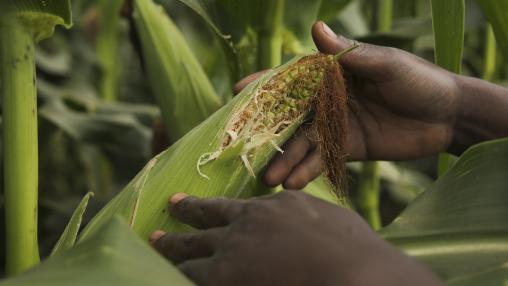
Hunger in Malawi: The El Niño Effect
The El Niño phenomenon, occurring on average ever 2-7 years, often causes reduced precipitation and drier-than-average weather in Malawi. These conditions in return result in poor agricultural conditions and reduced harvests. A new project paper from the Malawi Strategy Support Program examines the extent of El Niño’s effects on agriculture and identifies pathways to mitigate the subsequent impacts on hunger levels in the country.
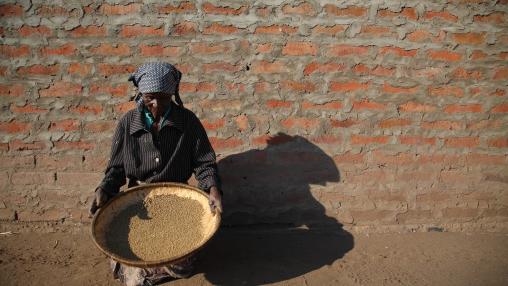
Southern Africa to Face High Food Prices, Reduced Purchasing Power through 2025
The current El Niño phenomenon is expected to result in rainfall deficits and below-average harvests throughout Southern Africa in 2024, according to a recent alert from FEWS Net. Poor households throughout the region will likely face reduction in livelihoods and income and difficulty purchasing adequate food.
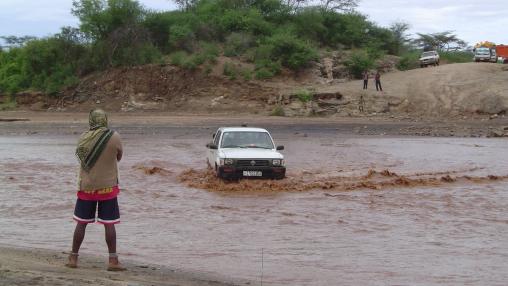
How Much Is Lost When Disaster Strikes? New FAO Report Looks at Impact on Agricultural Production, Food Security
Nearly US$ 4 trillion: That is the amount of global crop and livestock production the FAO estimates has been lost over the past three decades due to disaster events. According to the new report, “The impact of disasters on agriculture and food security,” this equates to an average loss of US$123 billion per year and as much as 5 percent of annual global agricultural GDP.
A Look at Global Rice Markets: Export Restrictions, El Niño, and Price Controls
To address rising domestic prices for rice, India banned exports of non-basmati rice on July 20, 2023—a move many feared would drive global prices even higher. Since then, these worries have been realized: Thailand’s benchmark price for rice has increased 14 percent, Viet Nam’s rice prices are up 22 percent, and India’s white rice prices are up 12 percent.
Food System Repercussions of the Russia-Ukraine War
This session will examine the impacts of the conflict in Ukraine on food systems around the world. Russia’s February 2022 invasion triggered trade disruptions and dramatic price increases for energy, agricultural commodities, and fertilizers, which were already high following the COVID-19 lockdowns and value chain disruptions. While international prices have come down from the peaks seen in 2022, domestic inflation levels remain high in many low- and middle-income countries, and food and fertilizer affordability remains a challenge.
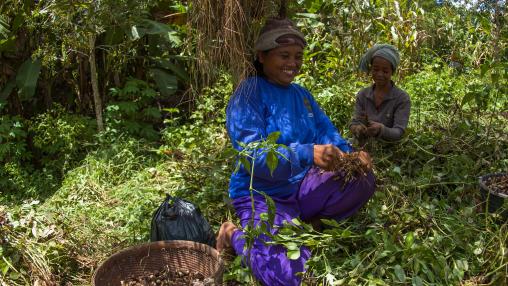
Climate-Smart Agriculture in West Africa
The challenges of climate change and food security are closely intertwined, with agriculture both driving and being impacted by extreme weather events. Policymakers around the globe are faced with the need to increase food production to feed growing populations while reducing that production’s negative impacts on the environment. According to a recent article in Global Environmental Change, climate-smart agriculture (CSA) provides an effective way to enhance countries’ climate resilience while simultaneously ensuring food and nutrition security.
Nutrition-Sensitive Irrigation in Mali: Guidance for Progress on Water, Food, and Nutrition Security
Irrigation contributes to agricultural intensification and farm profitability, helps farm households extend the growing season, and is increasingly important for farmers' resilience to climate shocks and stressors. Until recently, less attention was paid to the other benefits of irrigation, including improvements in household food security and nutrition, health, and women's empowerment.
Research Findings on Resilience & Social Cohesion in Burkina Faso and Niger
Security in the Sahel is deteriorating rapidly. The number of violent events jumped from 580 in 2018 to over 1,000 in the first half of 2022 alone. Associated fatalities are also up dramatically, from about 2,800 fatalities to almost 6,500. Insecurity is also becoming more widespread, especially in Burkina Faso, Mali, and Niger. As a result, people are fleeing their homes – the region now hosts over 3 million internally displaced people and over 1 million refugees and asylum seekers.

Bringing back neglected crops: A food and climate solution for Africa
As the food and climate crises continue to cause suffering around the world, one under-appreciated solution—neglected crops—could be a powerful tool to alleviate both crises in one of the worst affected regions: Africa.
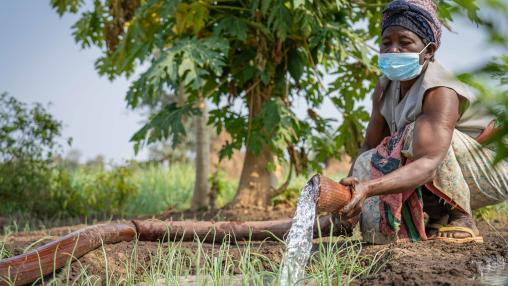
Feeding Africa: how small-scale irrigation can help farmers to change the game
Unlike large-acreage government irrigation schemes, small-scale irrigation is typically farmer led. Farmers decide what technologies to use to extract water, be it manual lifting or solar water pumps. They also choose the mode of irrigation, whether by buckets or drip kits. Farmers purchase, run, and maintain the operation themselves on their own farms or as part of small groups of farmers.